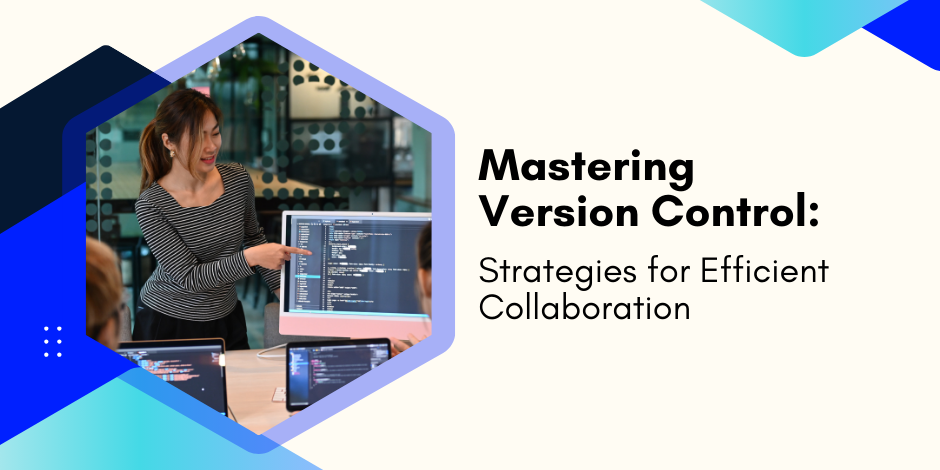Mastering Version Control in Software Engineering

Stay Informed With Our Weekly Newsletter
Receive crucial updates on the ever-evolving landscape of technology and innovation.
Version control in software engineering is vital.
Version control records changes to a file or set of files over time, allowing recall of specific versions later and facilitating efficient team collaboration.
Mastering version control in software engineering is crucial for any developer or team aiming to streamline workflow and enhance productivity.
Understanding version control systems

Before delving into the strategies for mastering version control in software engineering, it’s essential to understand what version control systems (VCS) are and why they are vital.
VCS are tools used to track the history of changes as teams and contributors collaborate on projects together.
As the project evolves, teams can run tests, fix bugs, and contribute new code with the confidence that any version can be recovered anytime.
There are two types of VCS: centralised distributed version control systems (DVCS) and version control systems (CVCS).
CVCS, such as Subversion and Perforce, have a single, central repository.
On the other hand, DVCS, like Git and Mercurial, mirror the entire repository, including its history, on every user’s system.
Mastering version control in software engineering: key strategies

Choosing the right version control system
The first step in mastering version control in software engineering is choosing the right system.
Your choice depends on your project’s requirements, the size of your team, and your workflow.
For small teams working on simple projects, a CVCS may suffice.
However, due to its flexibility and robustness, a DVCS like Git is often more suitable for larger, more complex projects.
It’s also important to consider the system’s community and support.
A well-supported VCS with a large user base can provide valuable resources and help when you encounter problems or need to learn new features.
Understanding basic commands and operations
Mastering version control in software engineering requires a firm grasp of basic commands and operations.
These include committing changes, checking out previous versions, merging changes, and resolving conflicts.
Each VCS has its own set of commands, so it’s crucial to familiarise yourself with the documentation of the system you’re using.
Practising these commands and operations regularly can help you become more comfortable and efficient with your chosen VCS.
Exploring advanced features is also good, as they can significantly enhance your workflow.
Efficient collaboration with version control

Establishing a workflow
Establishing a workflow is a crucial strategy for efficient collaboration through version control in software engineering.
A well-defined workflow sets clear guidelines for making, reviewing, and integrating changes into the project. This helps prevent conflicts and ensures everyone on the team is on the same page.
Several popular workflows for version control exist, including the Feature Branch Workflow, Gitflow Workflow, and Forking Workflow.
Each has its advantages and is suited to different projects and teams.
Version control in software engineering means choosing a workflow that fits your team’s needs and sticking to it consistently is important.
Communicating changes effectively
Good communication is crucial for efficient collaboration, especially when using version control in software engineering.
When you make a change, you must communicate what you did and why.
This is typically done through commit messages, which should be clear, concise, and informative.
Furthermore, regular communication with your team can help identify potential conflicts early and make merging changes smoother.
This can be facilitated through pull requests or merge requests, which allow team members to review and discuss changes before they are integrated into the project.
Conclusion
Mastering version control in software engineering involves understanding the basics, choosing the right system, learning the commands and operations, and establishing a workflow.
Version control in software engineering is a continuous process of learning and improvement that can significantly enhance your team’s productivity and efficiency.
Remember, the goal of version control is not just to track changes but to facilitate effective collaboration.
Mastering version control in software engineering ensures your team works together seamlessly, delivering high-quality software projects on time and within budget.
Are you ready to boost your software engineering career?
The Institute of Data’s Software Engineering program offers an in-depth, balanced, hands-on curriculum for IT and non-IT professionals.
We’ll get you job-ready with a supportive environment, extensive resources and flexible learning to suit your schedule.
Want to learn more about our programs? Our local team is ready to give you a free career consultation. Contact us today!




